Our SEO experts have received numerous questions regarding the issue of “duplicate content” as it relates to search engine optimization, so we wanted to provide some answers to them, as well as to others who may be confused about this issue.
Q: What is duplicate content?
A: Duplicate content is content that appears on the Internet on more than one web address. It can be content that is either exact or substantially similar within or across domains. If the search engines perceive the posting of duplicate content to be an effort to manipulate search results (known as “search spam”), they can decide is it “malicious” in nature and not display the results at all.
Sometimes, however, content is deemed “non-malicious,” meaning it wasn’t done to manipulate search results. The search engines are then forced to decide which of the multiple versions will best relate to the search query.
According to Google:
“Duplicate content on a site is not grounds for action on that site unless it appears that the intent of the duplicate content is to be deceptive and manipulate search engine results. When search engines run across duplicate content, they’ll try to rank the most authoritative version.”
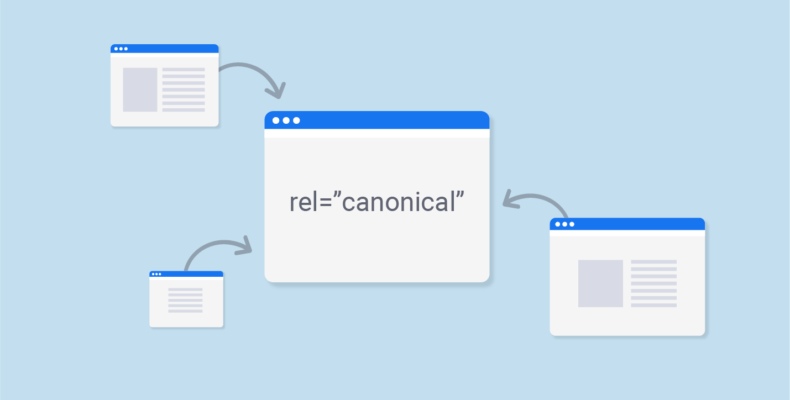 Q: “Can I place articles or press releases on my own website (that we are featured in, or want to re-share with our fans), or will it be considered duplicate content by search engines?”
Q: “Can I place articles or press releases on my own website (that we are featured in, or want to re-share with our fans), or will it be considered duplicate content by search engines?”
A: The short answer is you shouldn’t do this unless you know how to set up canonical links pointing back to the original article or release. This tells search engines that the content originally appeared on a different website first. You can easily set up canonical links by installing a WordPress plugin to do so. Our favorite is Yoast SEO.
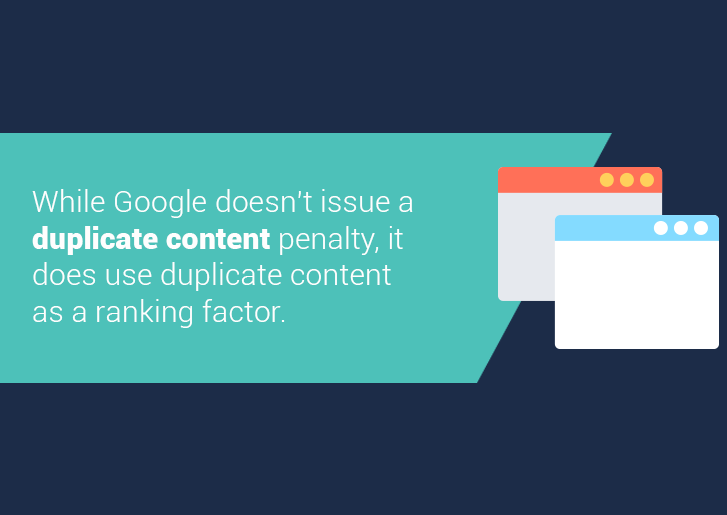 Q: “Will I be penalized by the search engines for posting duplicate content?”
Q: “Will I be penalized by the search engines for posting duplicate content?”
A: No. One of the biggest myths about duplicate content is that there is a penalty for it. Technically speaking, there is no “ranking loss” for your entire website for having duplicate content on it.
It’s just that in the case of duplicates, Google picks ONE of the copies as the canonical version; that is, the one to use in search results – the original place the content was shown. That version will happen to show up more than the others. The problem is that you don’t get to pick which one Google shows. So it might be sending traffic somewhere else.
Q: “Would a press release, sent out on the wire, possibly be considered a duplicate-content trigger?”
A: There would only be a “duplicate content penalty” if Google thought the press releases were deceptive in origin; that is, they were designed to manipulate search engines and were deemed “malicious.” Each newswire distribution company that you use should use “Nofollow” links which tells the search engine that it should ignore that link. Because Nofollow links do not pass PageRank they likely don’t impact search engine rankings.
Q: “I have read that if you’re going to post a press release on your website and syndicate through online PR services, that you should post it to your website first, and use a rel=canonical tag pointing to your own website on other placements on the web.”
A. Yes! That is absolutely the best way to do it. This tells the search engines that the press release on your own website should be treated as the original.
Q. “Is the solution to reduce this boilerplate content in future releases to just a couple sentences, and also remove the boilerplate from our website press releases to avoid duplicate content issues?”
A. No. I would say it’s not worth worrying about that. Adding or removing the boilerplate won’t change the situation either way.
There are several ways to reduce the impact of duplicate content on your website. In addition to those mentioned above, you can also delete duplicate content from your website, or update it to make it fresh and different.
If you think that duplicate content might be impacting your search engine results, we can help advise you on this or any other SEO matter. So don’t hesitate to ask!

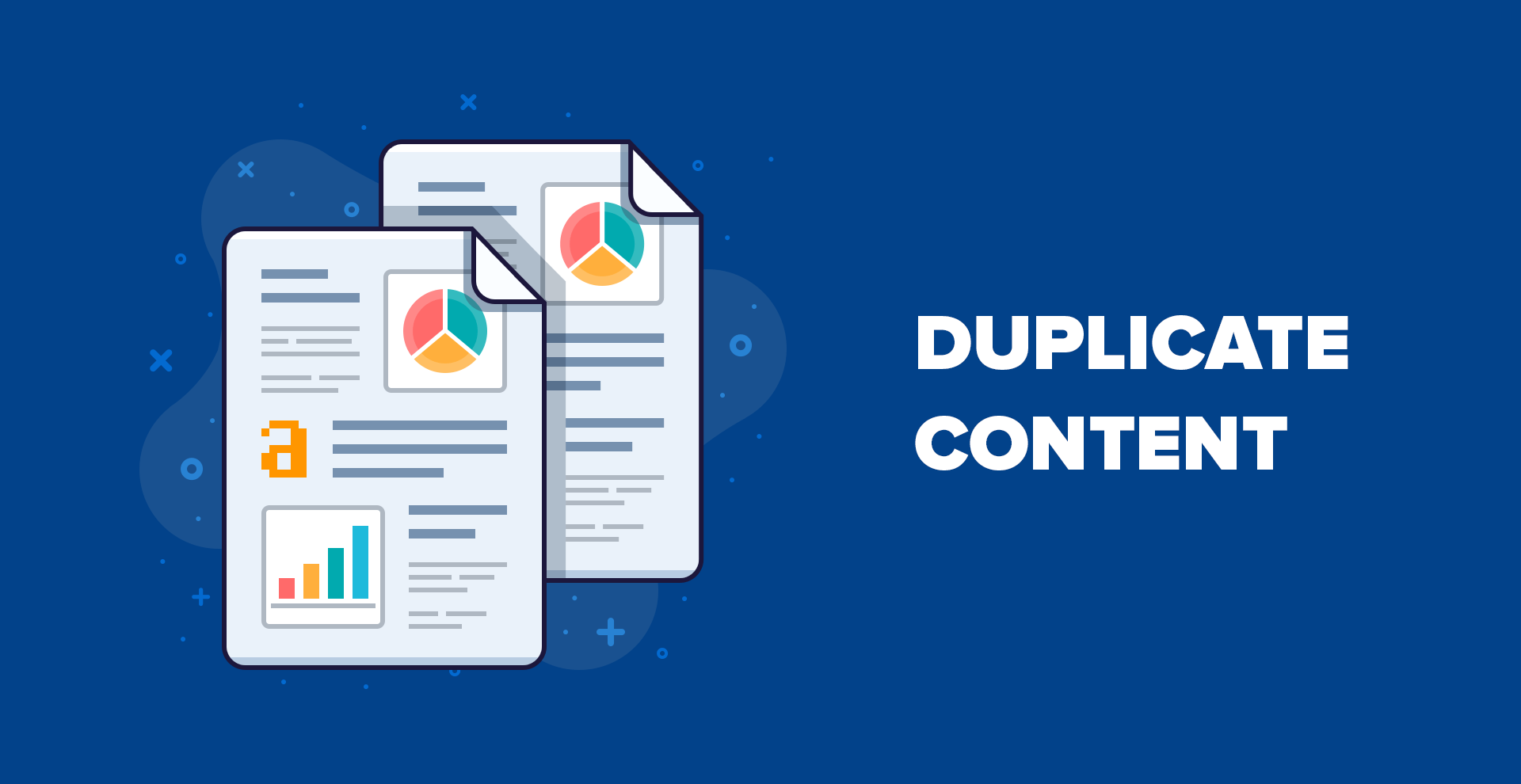
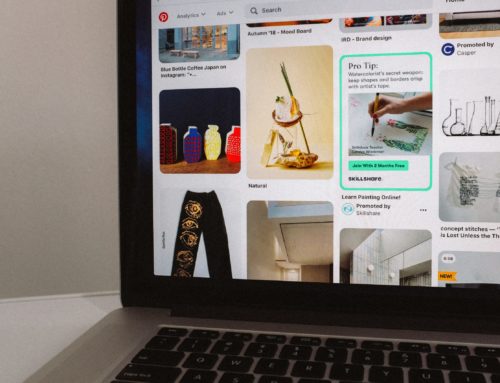






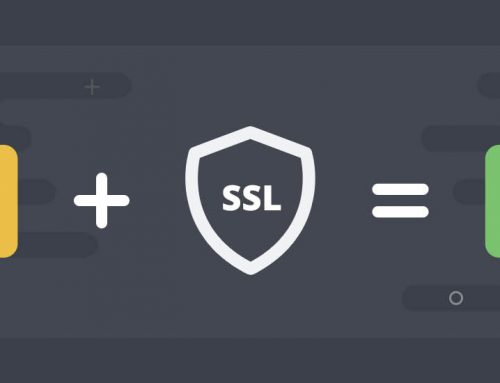
Leave A Comment